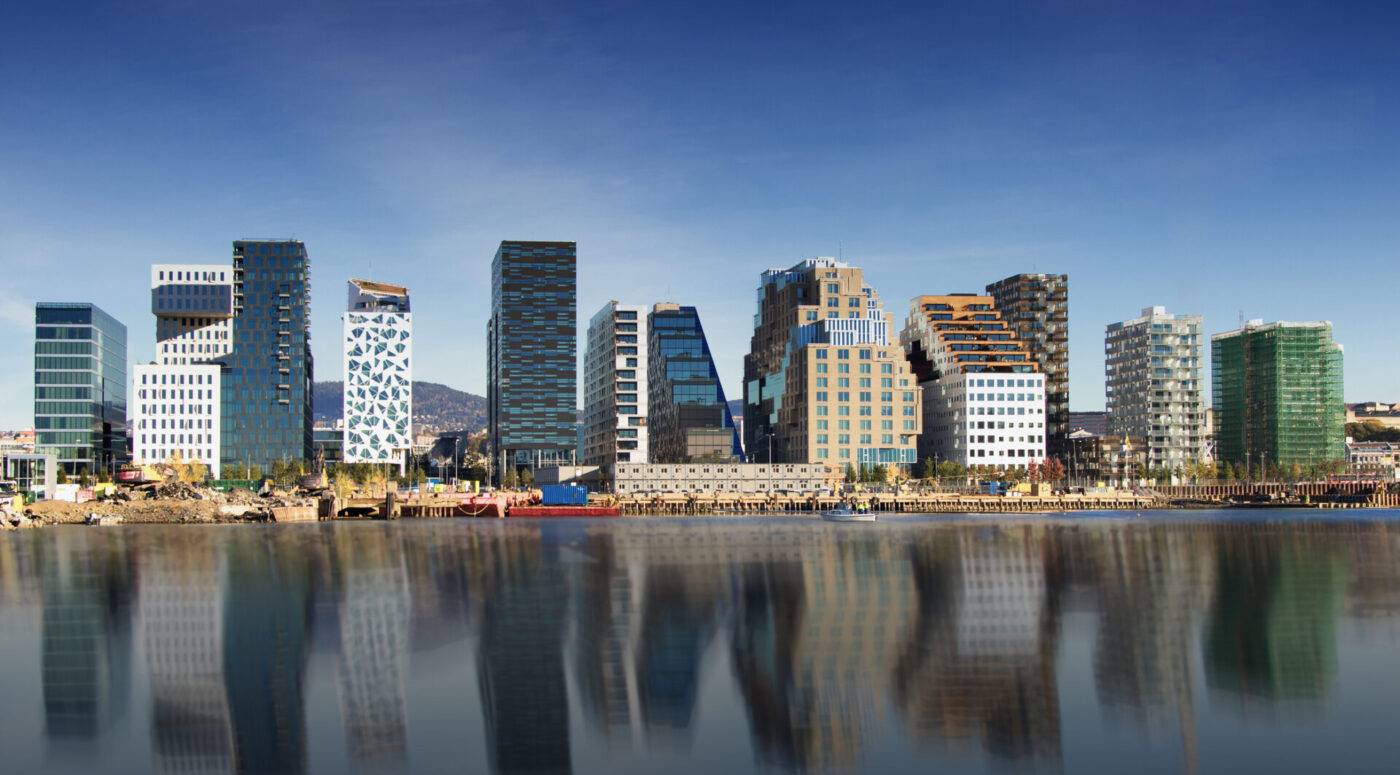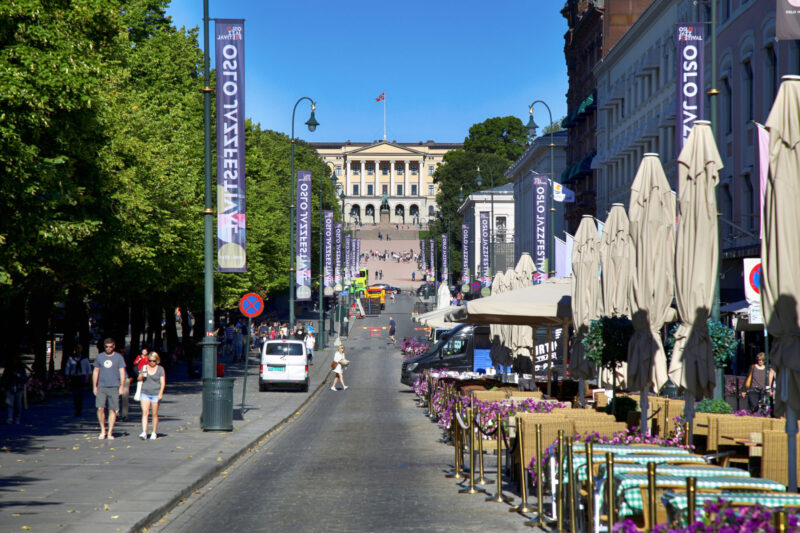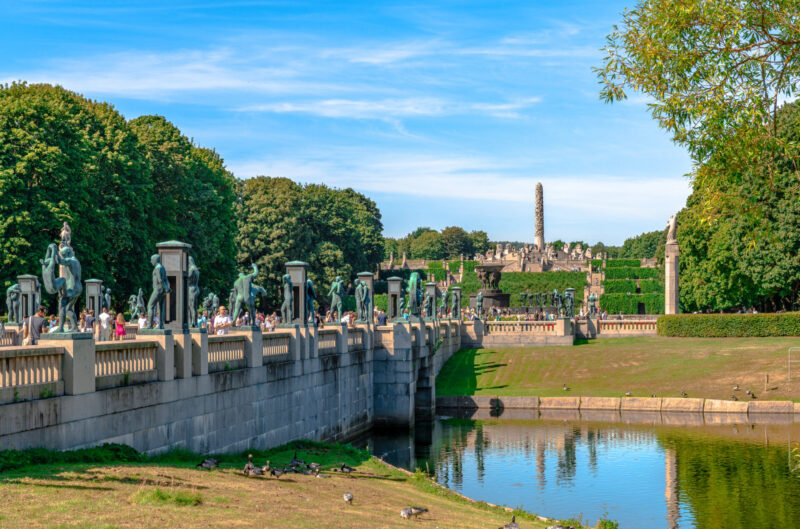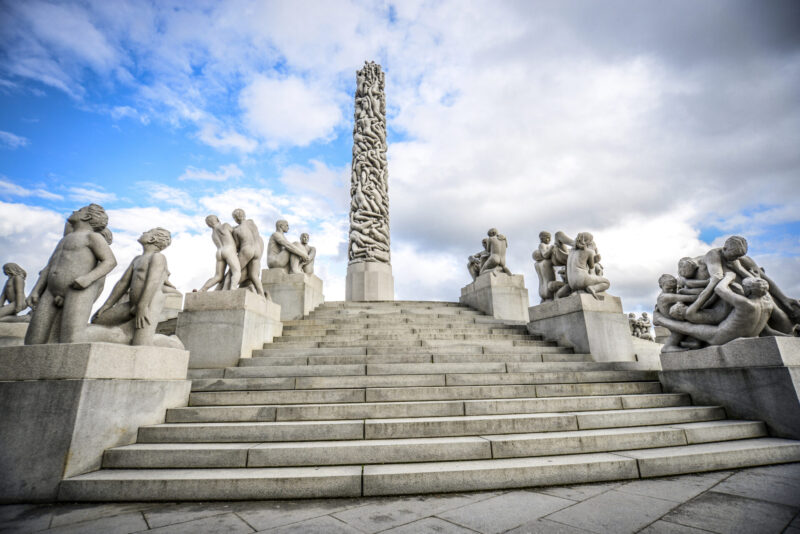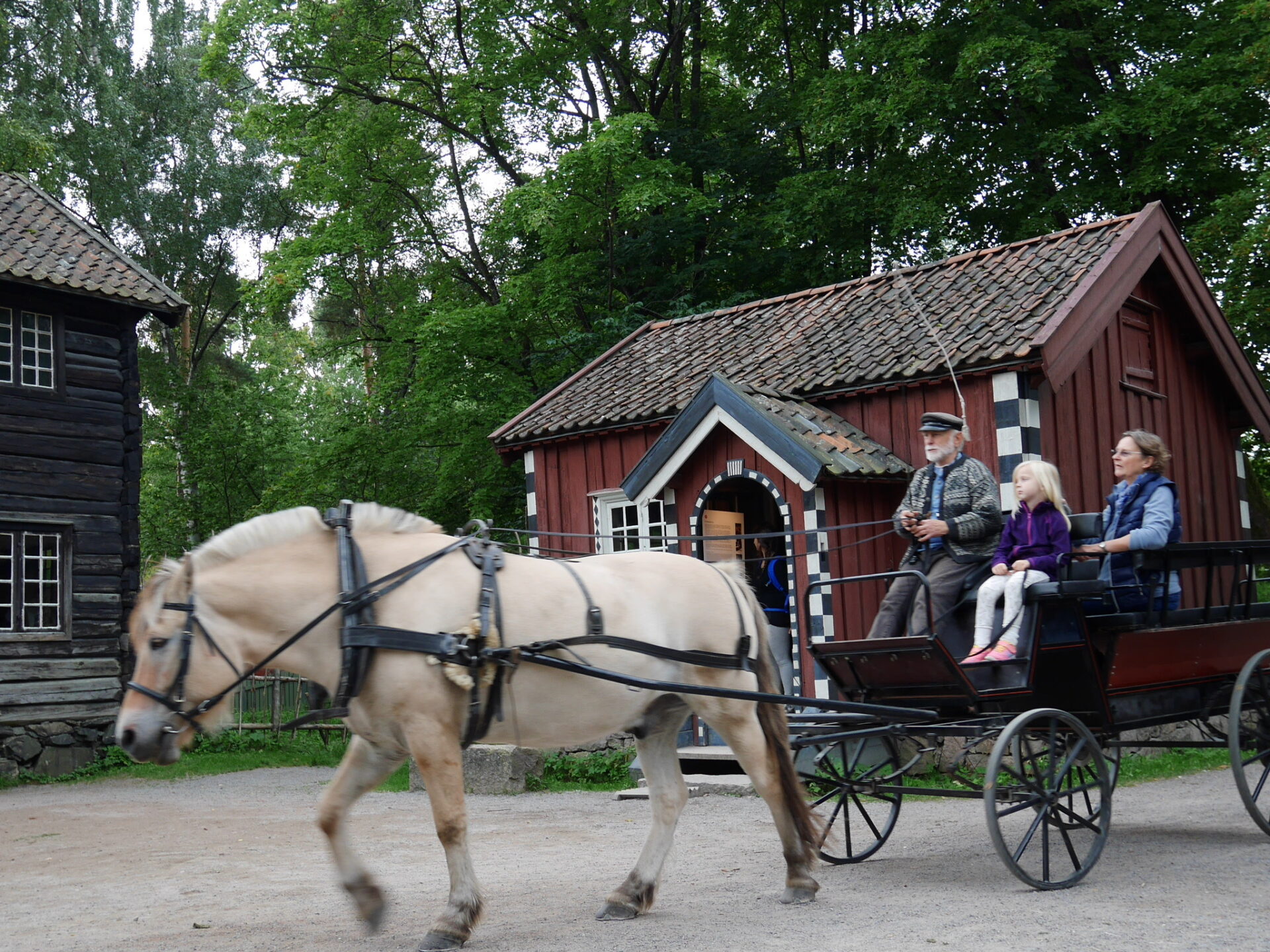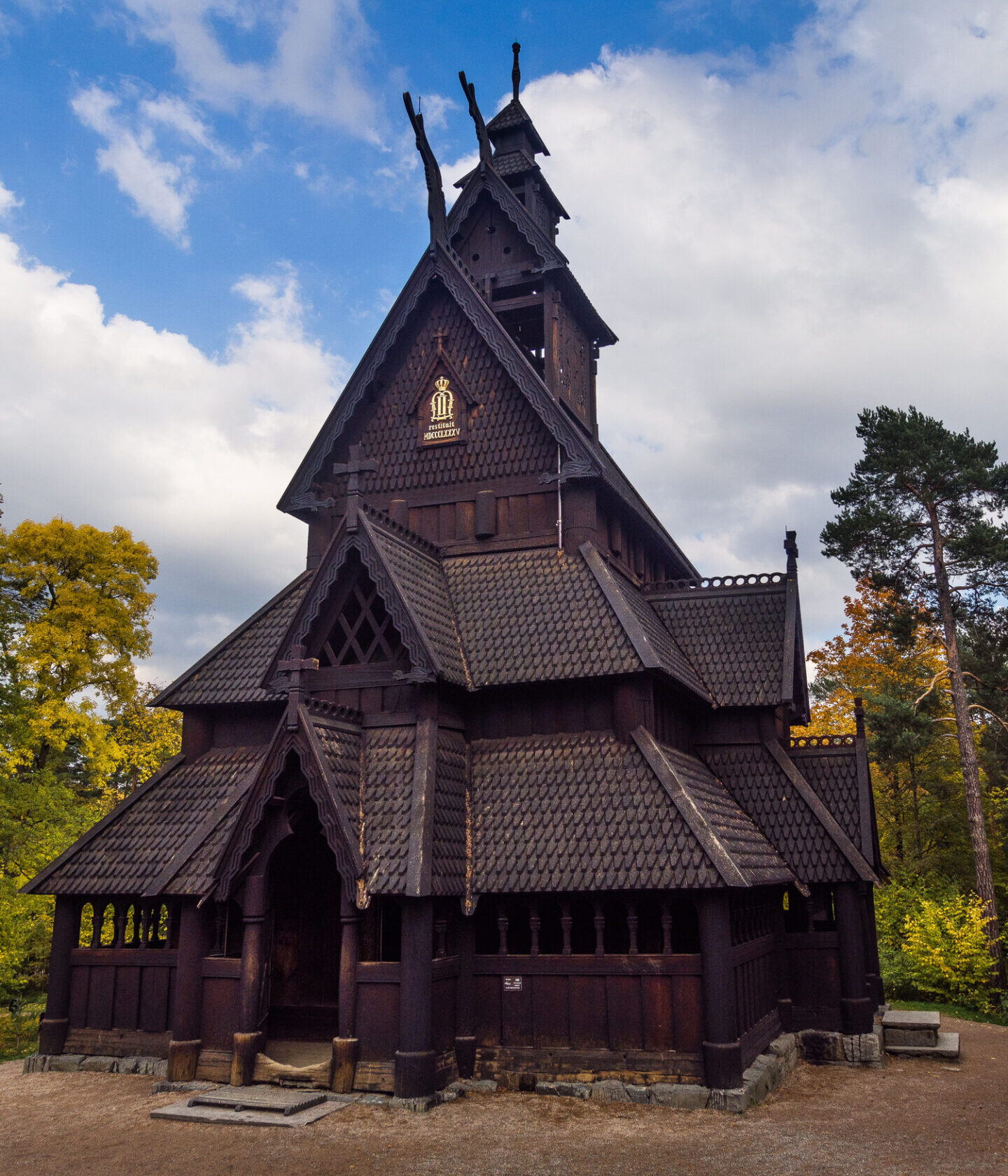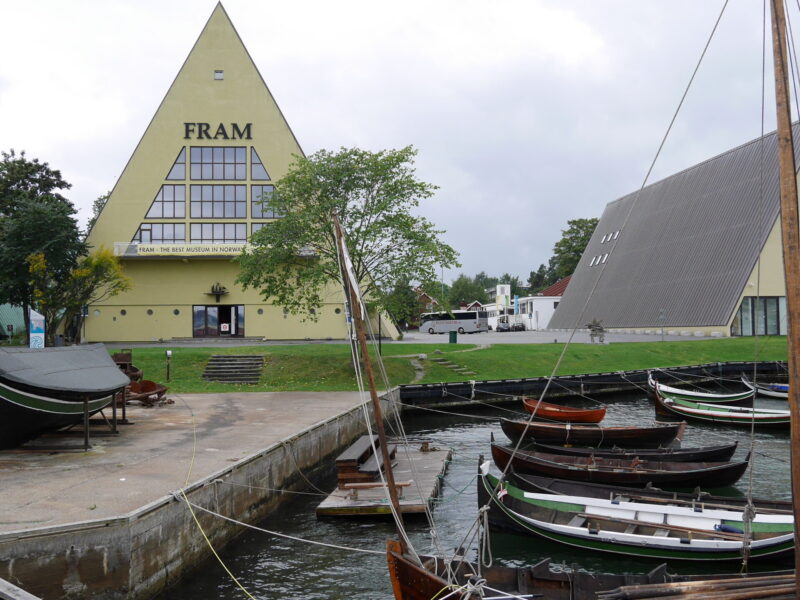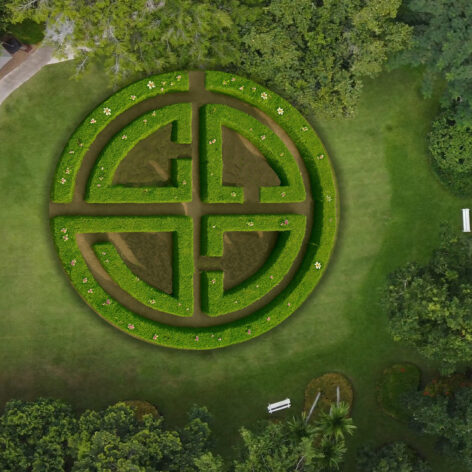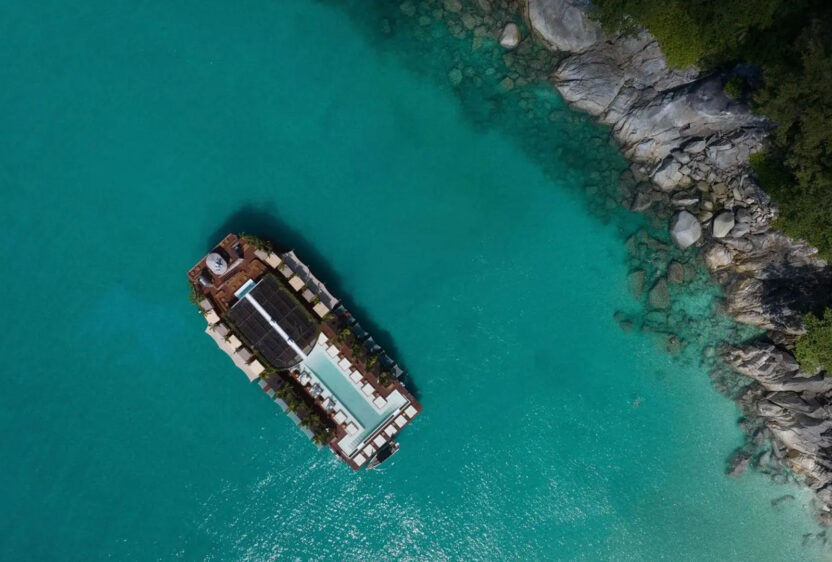Oslo is the capital city of Norway and regarded as one of the most attractive cities in the world. It is safe to say that visitors will fall in love with Oslo. That said, Oslo was recently feted as a green city with the coveted European Green Capital award in 2019. More than half of Oslo’s land area is dedicated to public parks and urban forests. Oslo authorities encourage its citizens to travel by public transportation because its mass transit system has excellent connectivity and infrastructure. You can also walk or ride a bicycle. If you have three days in Oslo, you should try customizing your own travel program.
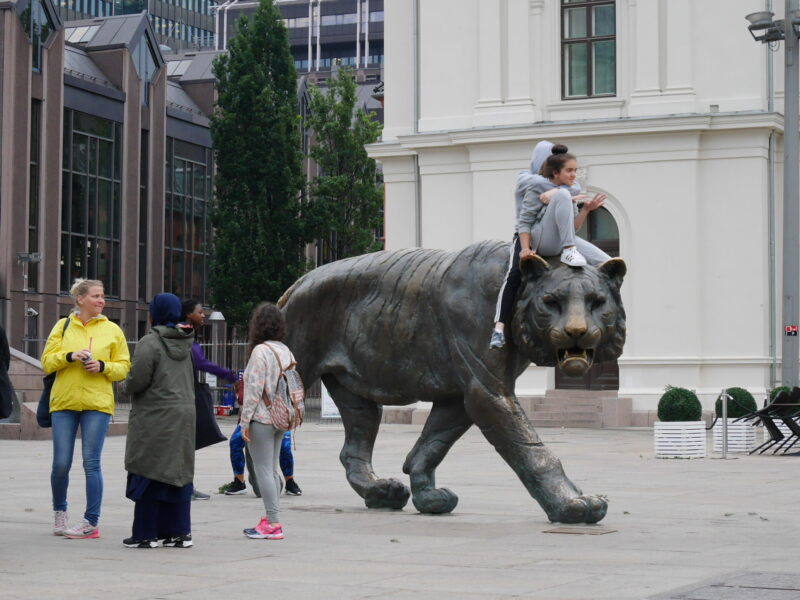
Day 1 – Visit Bjørvika and Karl Johans Gate
Explore Oslo’s bayside area of Bjørvika, an old harbor district that was developed into a cultural and community center in 2000. Large-scale construction work began with the National Opera, the Oslo Public Library or Deichman Library and the Munch/Stenersen Museum that showcases the artworks of Edward Munch, a world-famous painter who painted The Scream.
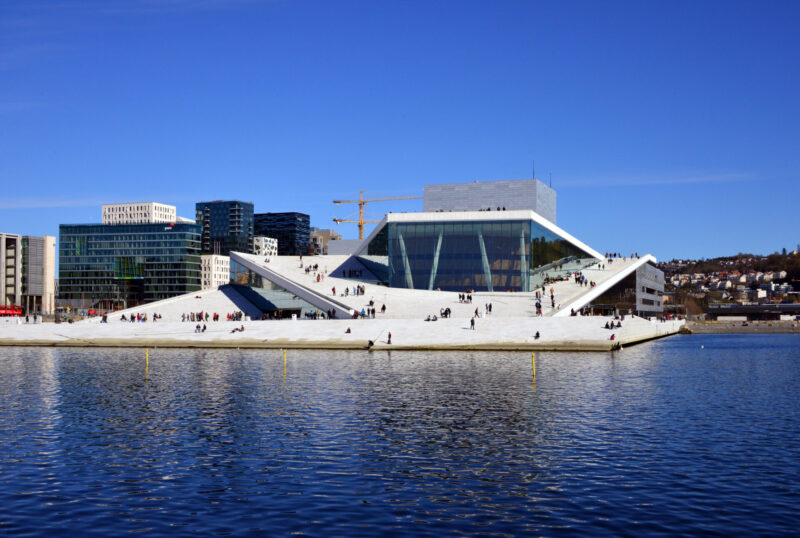
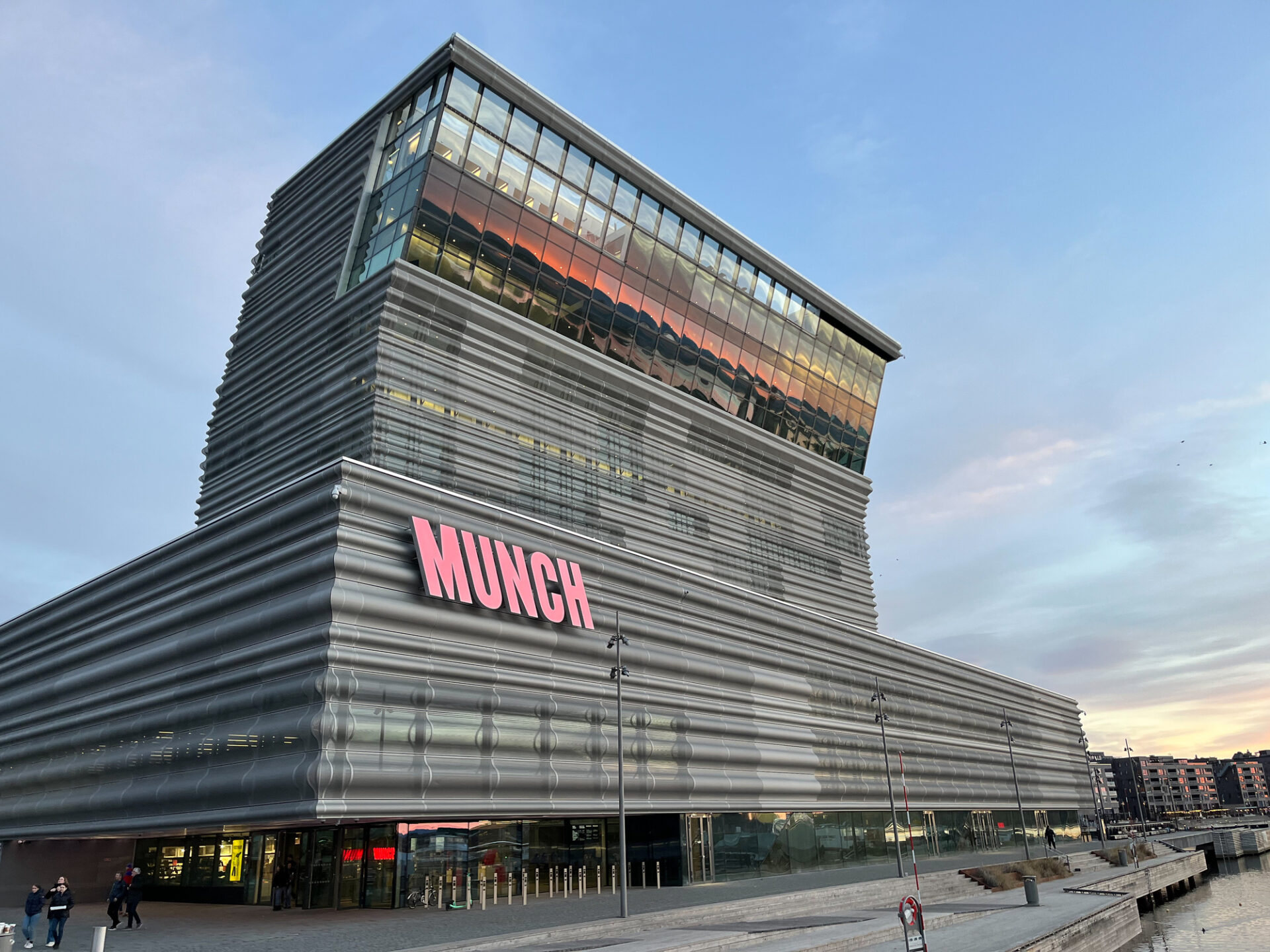
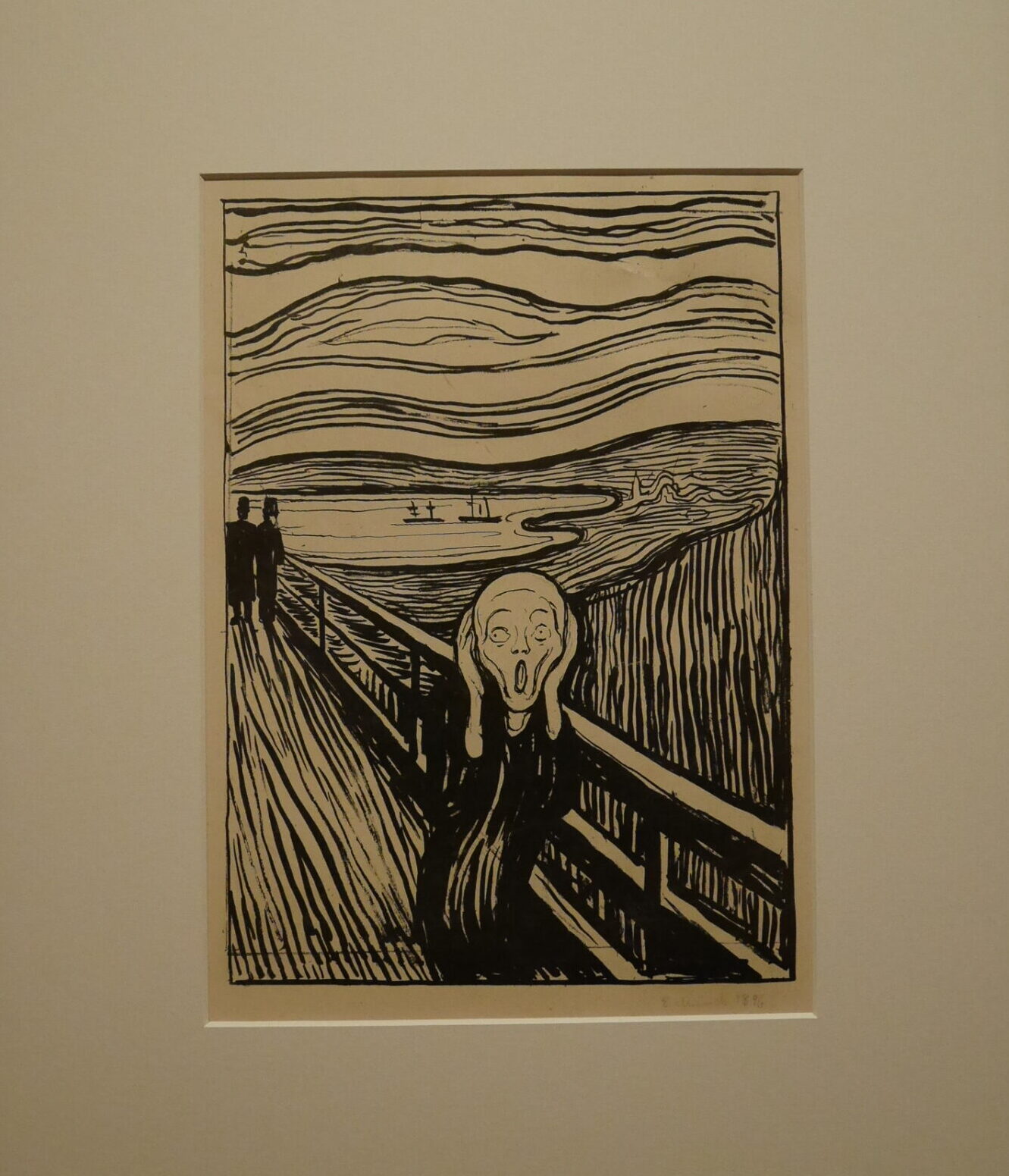
Art connoisseurs will want to spend at least half a day at the Munch/Stenersen Museum. There are 13 floors of exhibition space; and the Bistro Tolvte restaurant on the 12th floor has stunning views of the inner Oslofjord. For epicureans who want to eat at Maaemo, Oslo’s only three-star Michelin restaurant – it is about 300-meter walking distance from the museum.


